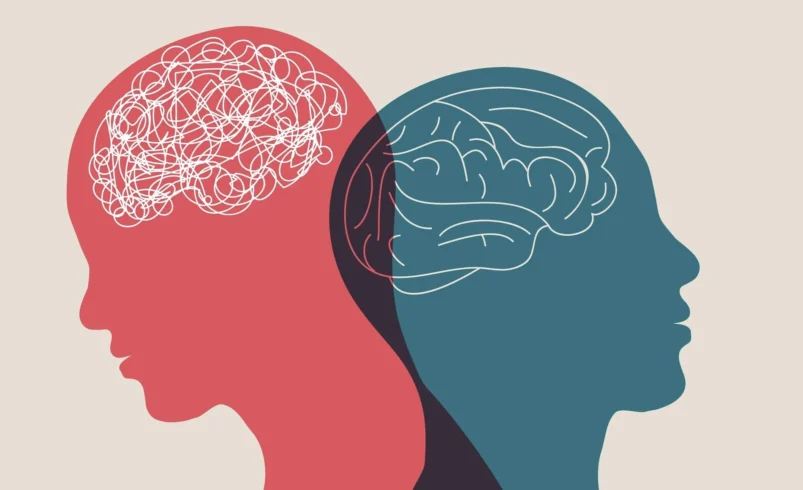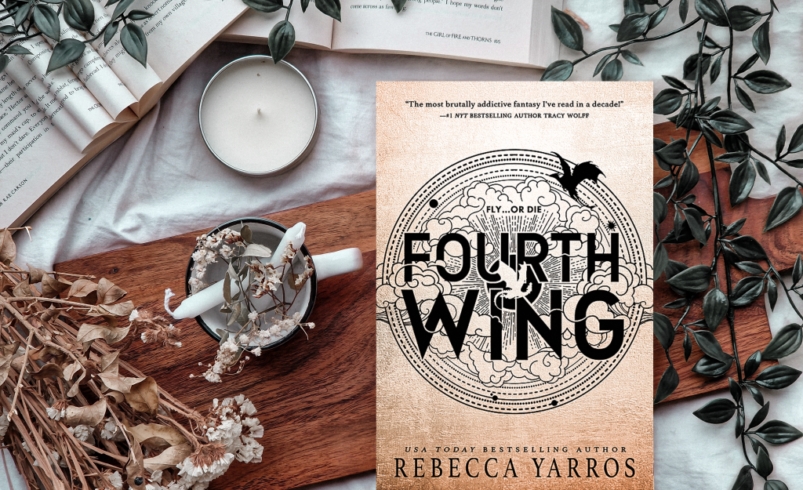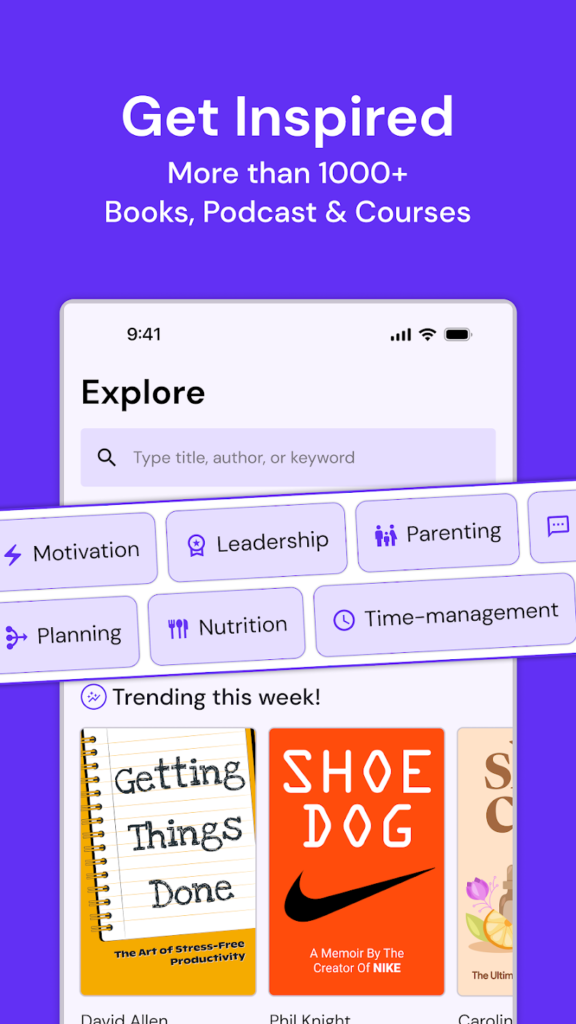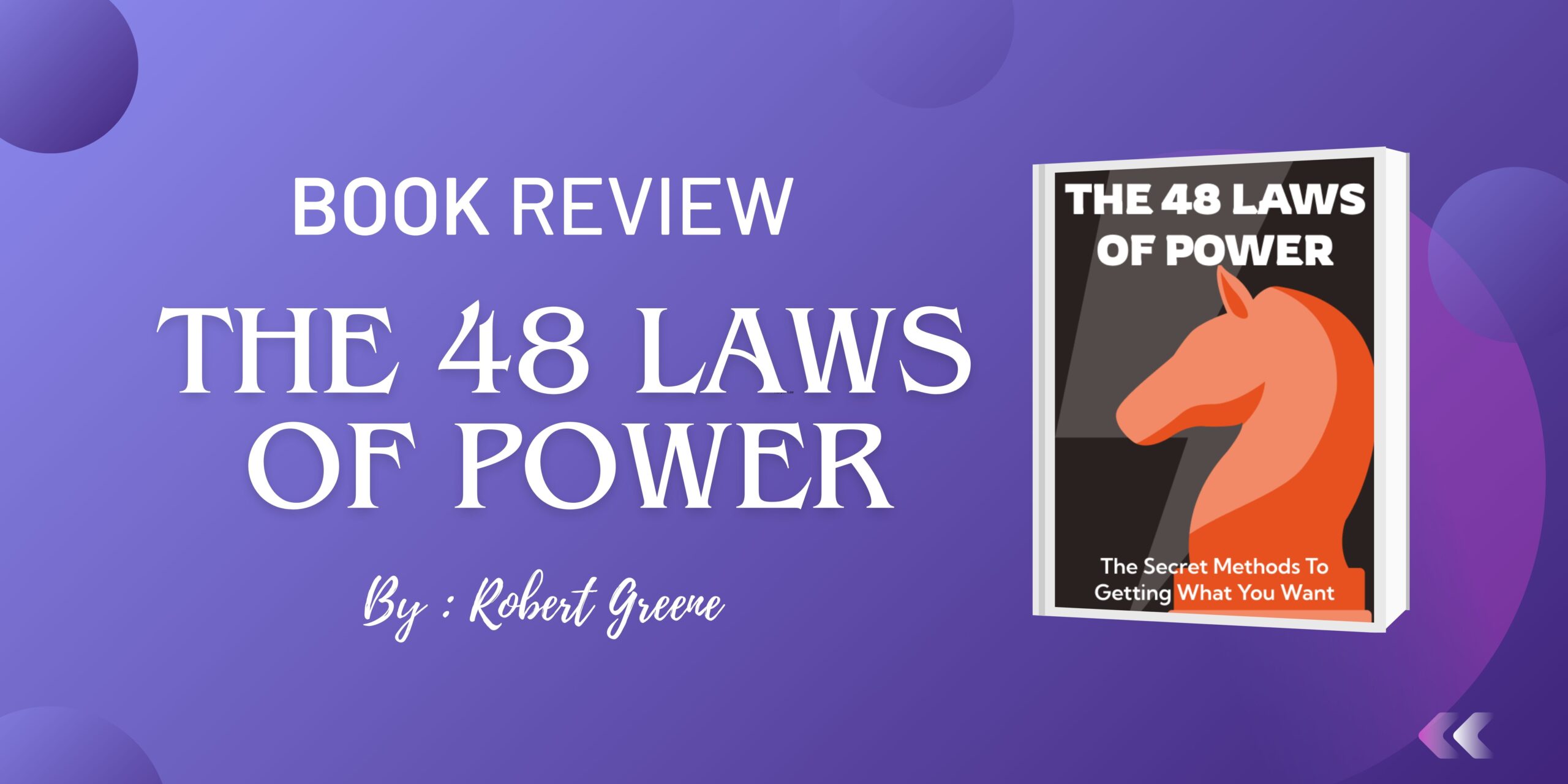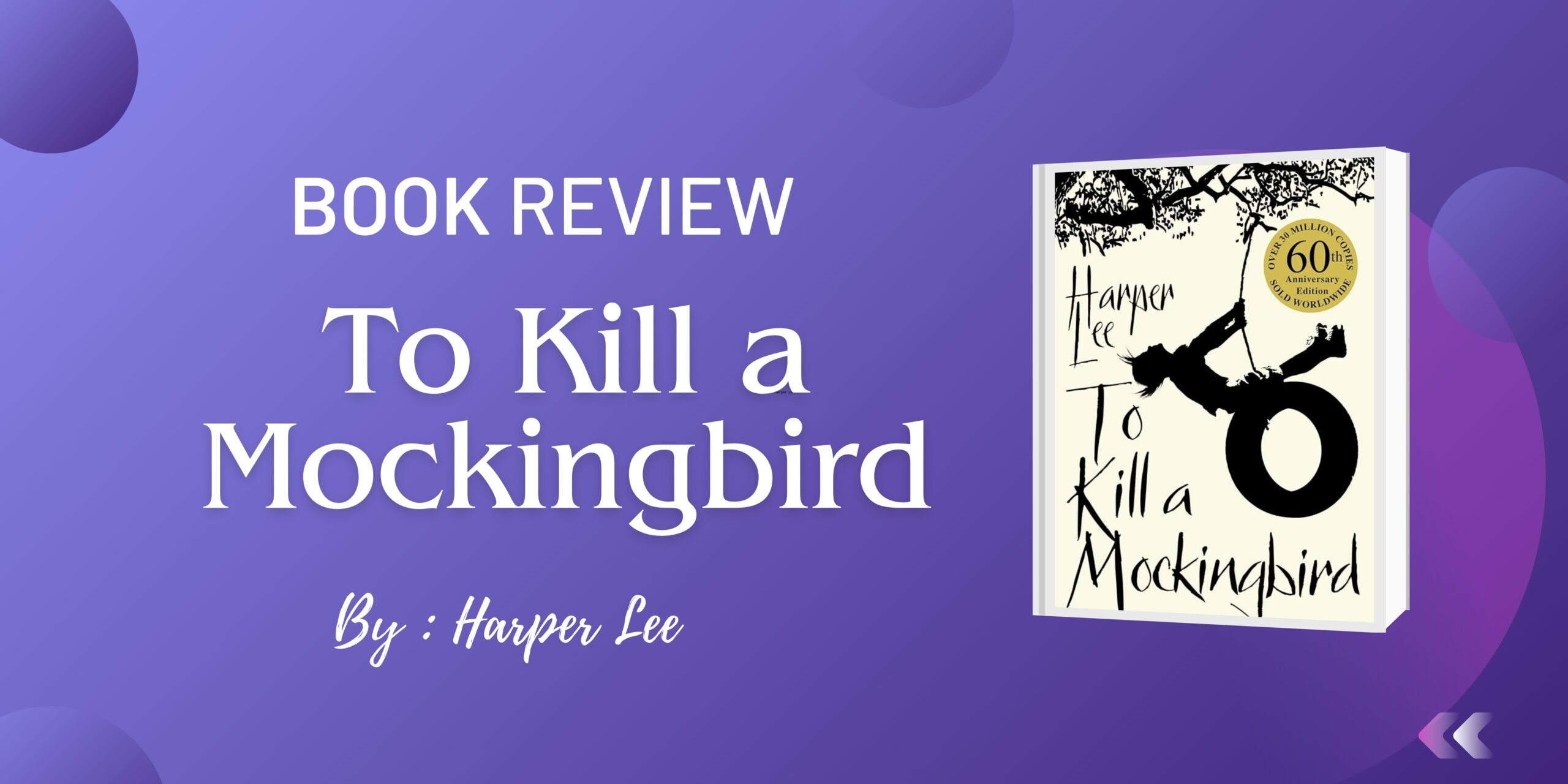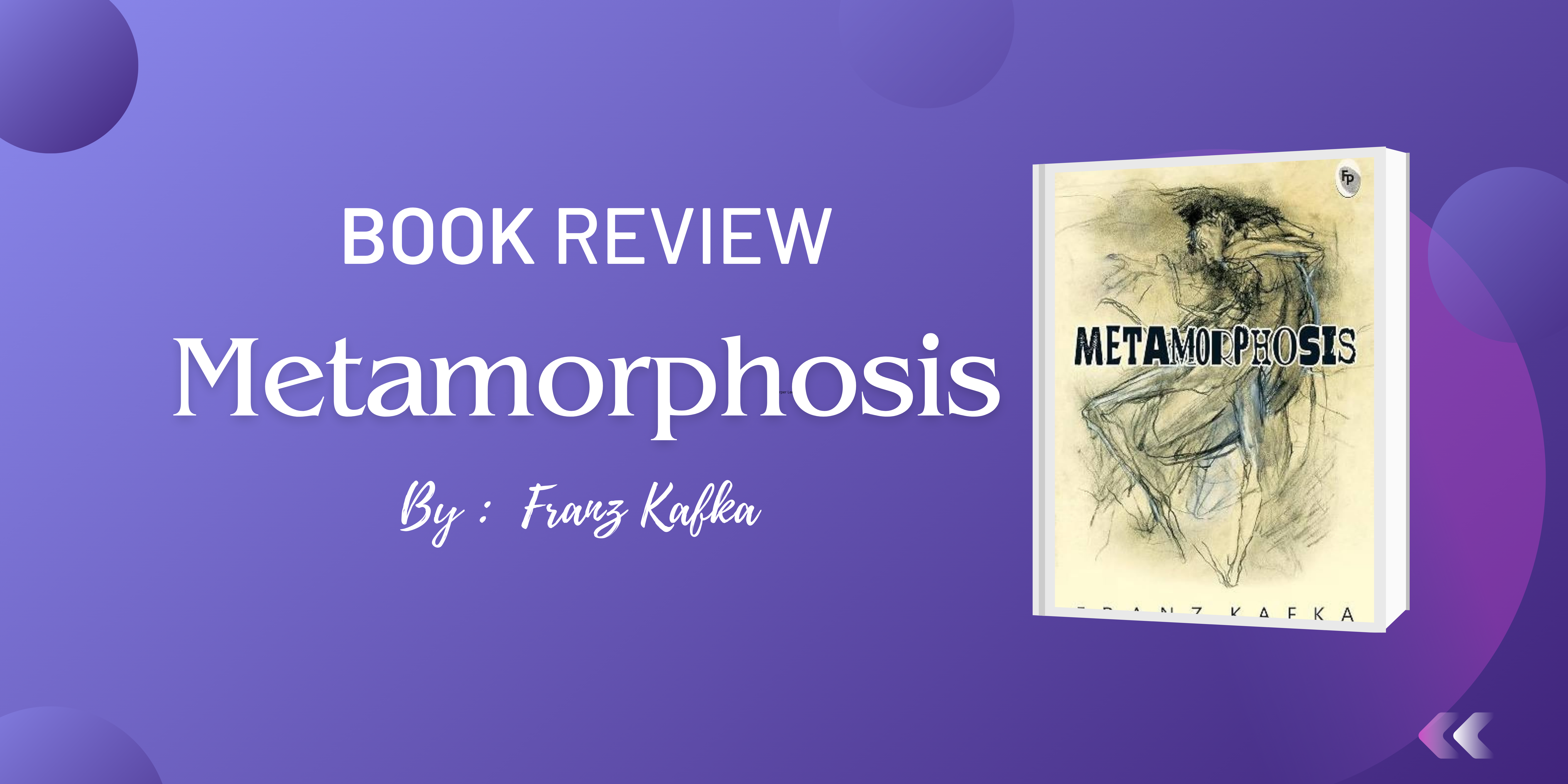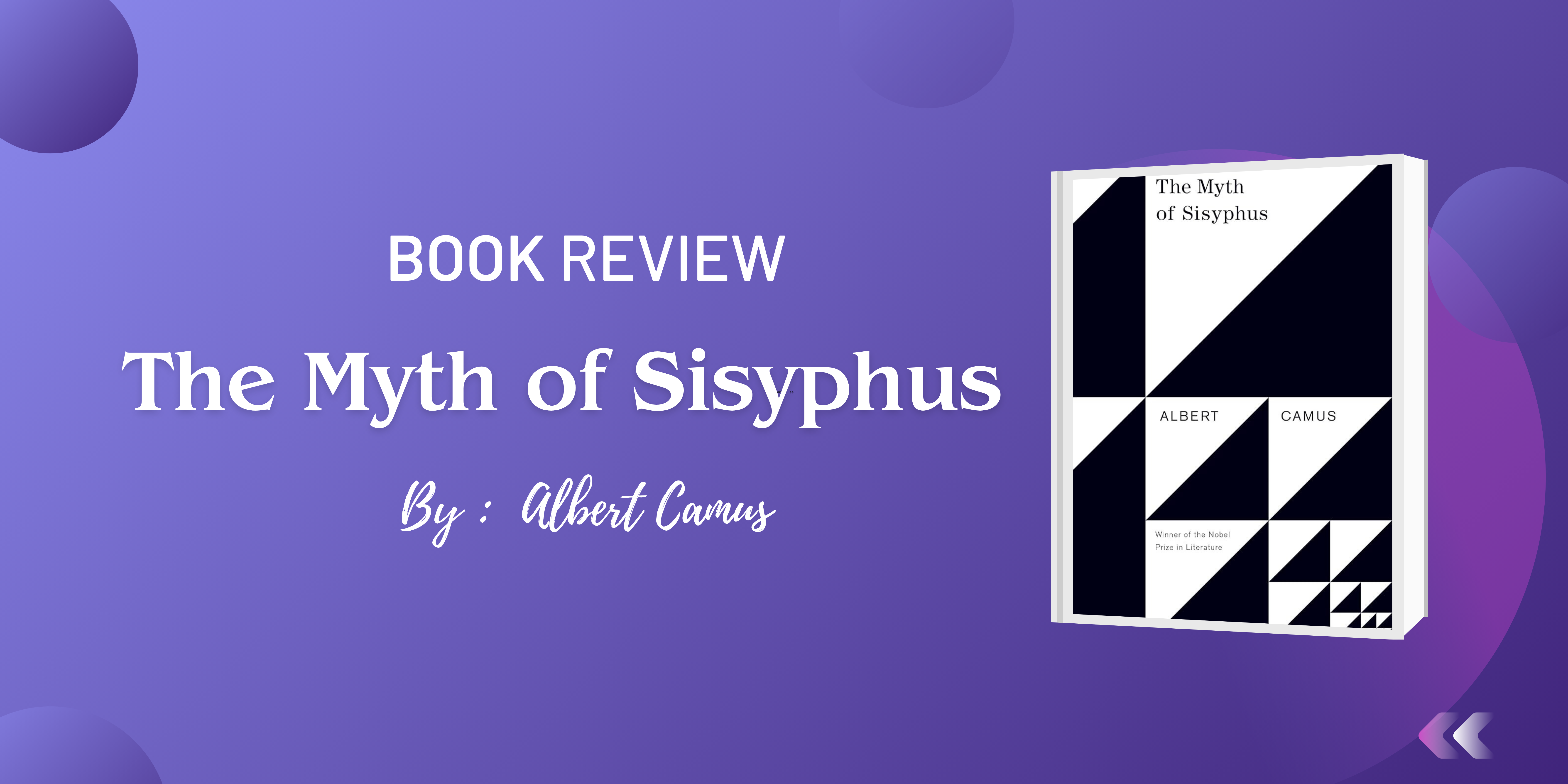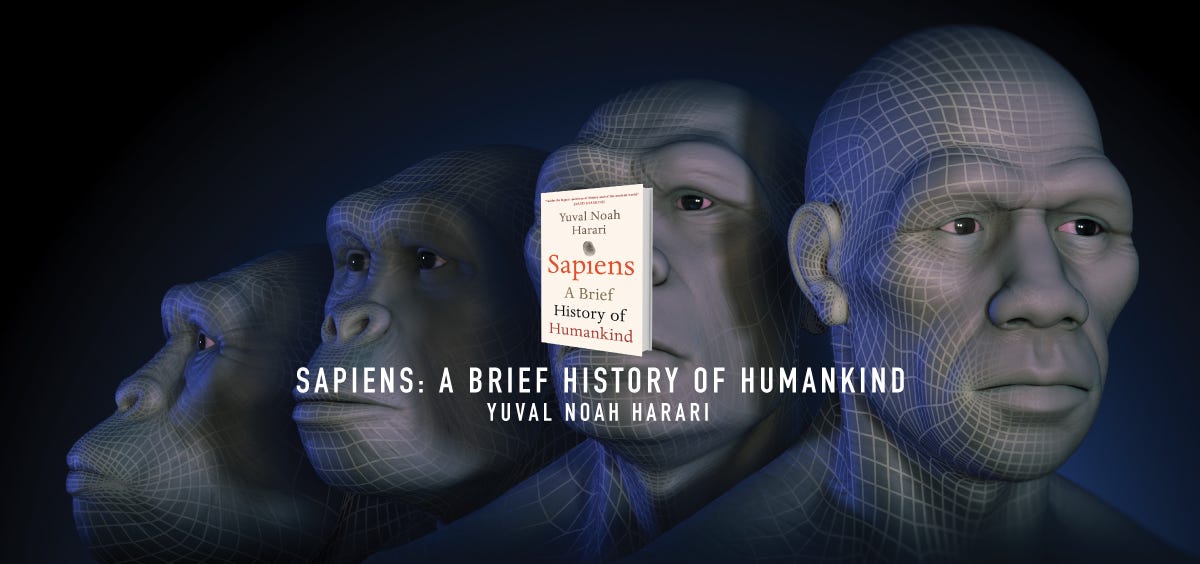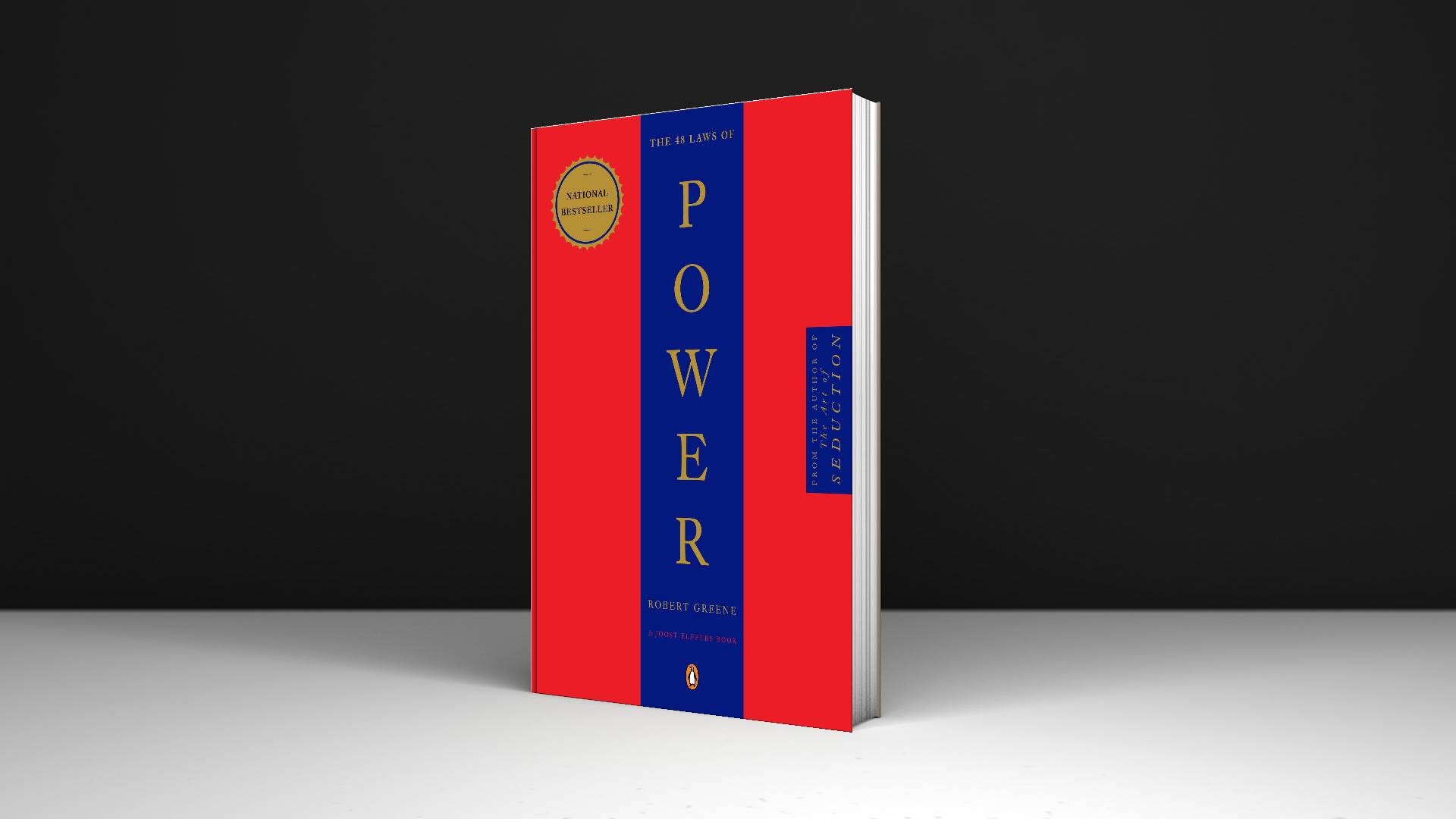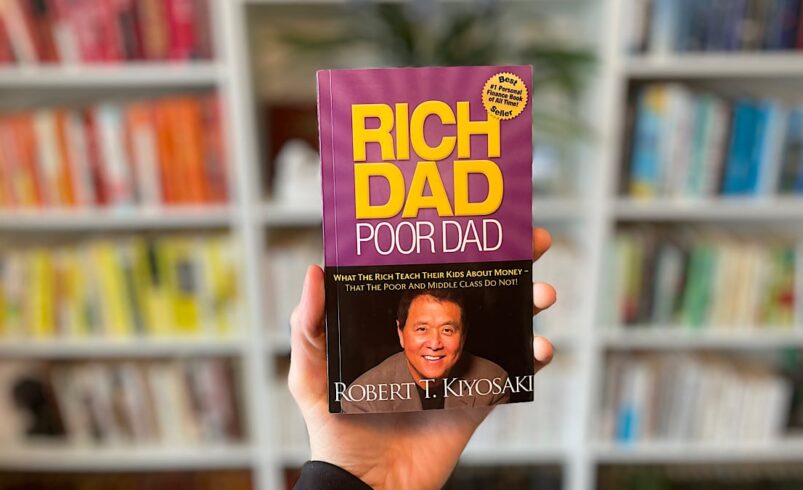
If I had to describe Rich Dad, Poor Dad in one phrase, it would be “financial wake-up call.” Written by Robert Kiyosaki, this book is part memoir, part financial guide, and part “Why didn’t they teach us this in school?” Let’s be real, most of us didn’t exactly get stellar financial advice in high school. I certainly didn’t. The closest thing to a financial lesson was watching our maths teacher struggle to calculate the cost of the class pizza party.
Rich Dad, Poor Dad shakes up traditional thinking about money, work, and wealth. Kiyosaki tells the story of growing up with two father figures: his biological father (Poor Dad) and his best friend’s father (Rich Dad). While both men were successful in their own right, they had vastly different approaches to money. And spoiler alert: one of them knew what he was talking about.
Must read: Robert Kiyosaki Recommended Books
The book is peppered with nuggets of financial wisdom – advice that’s been passed around dinner tables, boardrooms, and book clubs for decades. Kiyosaki encourages readers to rethink their approach to income, assets, and what it means to be “rich.” His central message is that financial literacy, not a high income, is what makes people wealthy. But does this advice hold up to scrutiny? Let’s dive into some of the key lessons, the strengths, and a few quirks of Rich Dad, Poor Dad.
Contents
The Two Dads
Kiyosaki’s Poor Dad represents the conventional wisdom most of us were raised with: go to school, get good grades, land a stable job, and eventually retire comfortably. It sounds reasonable, right? Except that many people find themselves in a financial rut following this formula. Poor Dad, despite being a well-educated man, struggled with money throughout his life. His thinking was linear: work hard, earn a paycheck, and live within your means.
On the flip side, Rich Dad was the one asking, “Why not make your money work for you?” He believed in taking risks, investing in assets, and creating opportunities that would lead to financial independence. While Poor Dad was focused on job security, Rich Dad was obsessed with financial freedom.
The contrast between these two perspectives forms the backbone of the book. Through a series of lessons, Kiyosaki learned from both dads, but it’s clear that the teachings of Rich Dad resonated with him the most. The question is, which dad do you side with? (Or are you sitting somewhere in the middle, sipping a cup of tea, wondering if you should have pursued that side hustle in crypto after all?)
Assets vs. Liabilities: The Ultimate Showdown
One of the book’s main takeaways is the importance of distinguishing between assets and liabilities. If you didn’t pay much attention in your high school economics class, don’t worry – you’re not alone. But Kiyosaki breaks it down in a way that even the financially clueless can understand. An asset, according to Kiyosaki, is something that puts money in your pocket. A liability, on the other hand, takes money out of your pocket.
Simple, right? Not so fast. Where most people get tripped up is mistaking liabilities for assets. Take, for example, the house you live in. Many of us were raised to believe that owning a home is the pinnacle of financial success. But Kiyosaki challenges this idea, arguing that a home, unless it’s generating income, is actually a liability because of the expenses it incurs – mortgages, maintenance, taxes, and the like.
Must read: 18 Famous Quotes From Rich Dad Poor Dad
Kiyosaki’s philosophy is that if you want to build wealth, you should focus on acquiring income-generating assets like businesses, real estate, stocks, and bonds. This concept is crucial, but it can be a hard pill to swallow if you’ve spent your life believing that being a homeowner equates to “making it.”
The Importance of Financial Education
If there’s one message that Kiyosaki drives home, it’s that financial education is essential. And no, I’m not talking about algebra class, where you learned to solve equations that have never once appeared in your adult life. Kiyosaki argues that our education system does a lousy job of teaching people how money works.
Think about it – how many of us learned how to file taxes, balance a budget, or invest in the stock market before entering adulthood? Most of us were too busy cramming for exams on the Pythagorean theorem to even consider such things. As a result, we’re thrust into the “real world” woefully unprepared for managing our finances.
Kiyosaki stresses the need for financial literacy, and he’s right. We live in a world where people with high incomes can still be broke because they don’t know how to manage their money. Rich Dad, Poor Dad is essentially a crash course in the financial skills that should be taught in every high school. And if you’ve ever felt confused about where to start with your own financial education, this book is a good place to begin.
Fear and Risk-Taking
One of the key themes in the book is the idea that fear holds people back from achieving financial success. Poor Dad’s cautious approach to money was rooted in fear – the fear of losing a job, the fear of not having enough to retire, and the fear of taking risks. Rich Dad, on the other hand, wasn’t afraid to make bold financial moves.
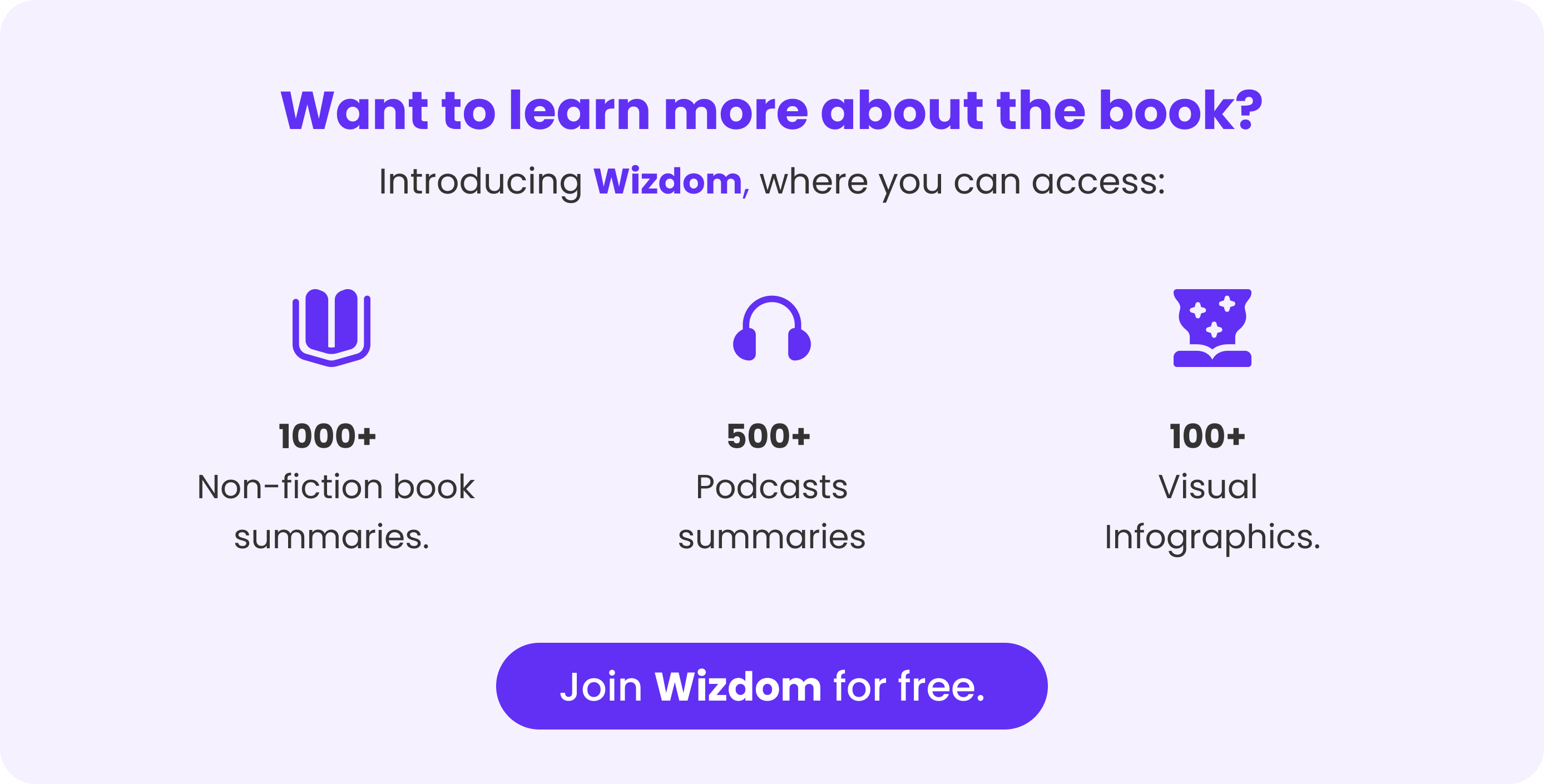
Kiyosaki argues that fear of failure is what keeps people stuck in jobs they don’t like, living paycheck to paycheck, and avoiding investments. His advice? Get comfortable with the idea of risk. Of course, Kiyosaki isn’t suggesting you gamble your life savings on the stock market or become a full-time bitcoin trader (although, who knows?). What he’s advocating is the importance of calculated risk and understanding that failure is part of the journey to financial success.
If you want to succeed financially, you have to be willing to make some uncomfortable decisions – whether it’s investing in a new venture, buying an asset, or walking away from a steady paycheck. It’s about learning to control your fear and turning it into an opportunity for growth. As Kiyosaki likes to remind us, “The richest people in the world look for and build networks, everyone else looks for work.”
Criticism and Controversy
Of course, no book is without its critics, and Rich Dad, Poor Dad is no exception. Some argue that Kiyosaki’s advice is overly simplistic and that not everyone is in a position to take the kind of risks he advocates. It’s easy to talk about investing in assets when you’ve already built a successful business, but what about those who are barely making ends meet?
There’s also the criticism that Kiyosaki doesn’t delve deep enough into the practicalities of how to achieve financial independence. Sure, it’s great to know that you should be acquiring assets instead of liabilities, but the “how” isn’t always clear in the book. This has led some to accuse Kiyosaki of offering more motivational fluff than concrete financial advice.
Must read: List of books by author Robert T. Kiyosaki
That being said, Rich Dad, Poor Dad is still a powerful introduction to the world of personal finance. It might not answer all your burning financial questions, but it’ll certainly make you think differently about how you manage your money.
A Few Final Thoughts
Is Rich Dad, Poor Dad the financial bible? No. Is it full of actionable advice that you can immediately apply to your life? Not exactly. But what it does offer is a mindset shift. Kiyosaki challenges the traditional ways we think about money, work, and wealth, and that in itself is valuable.
For anyone looking to get their financial house in order, Rich Dad, Poor Dad is a great starting point. It’s not the be-all, end-all guide to financial success, but it will open your eyes to the possibilities of building wealth through financial literacy, risk-taking, and smart investing. And let’s be honest – sometimes, a change in perspective is all you need to start moving in the right direction.
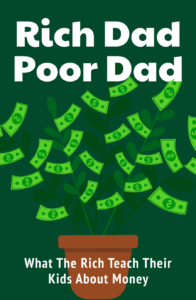
Rich Dad Poor Dad
What the Rich Teach Their Kids About Money That the Poor and Middle Class Do Not!Robert Kiyosaki Business 1997
Available in: | |
The Wizdom App
Now, if you’re inspired by Kiyosaki’s teachings but are wondering how to put them into action, let me introduce you to the Wizdom app. Think of it as your personal mentor, guiding you through the maze of self-improvement, including financial literacy. The Wizdom app offers condensed insights from top books on self-help, business, and personal finance, making it easy to absorb key lessons from bestsellers like Rich Dad, Poor Dad – even if you’re short on time.
One of the best features of Wizdom is its curated collection of self-help content that’s not only motivational but also practical. You can track your progress, set goals, and get personalised recommendations based on your interests. It’s like having a bookshelf full of personal finance guides and life-hack books right in your pocket. And let’s be honest, who doesn’t want that?
So, if you’re ready to take control of your financial future, level up your self-education, or just get some solid advice on living a richer life (both figuratively and literally), the Wizdom app is a must-try. Consider it your partner in navigating the world of wealth-building, one book summary at a time.
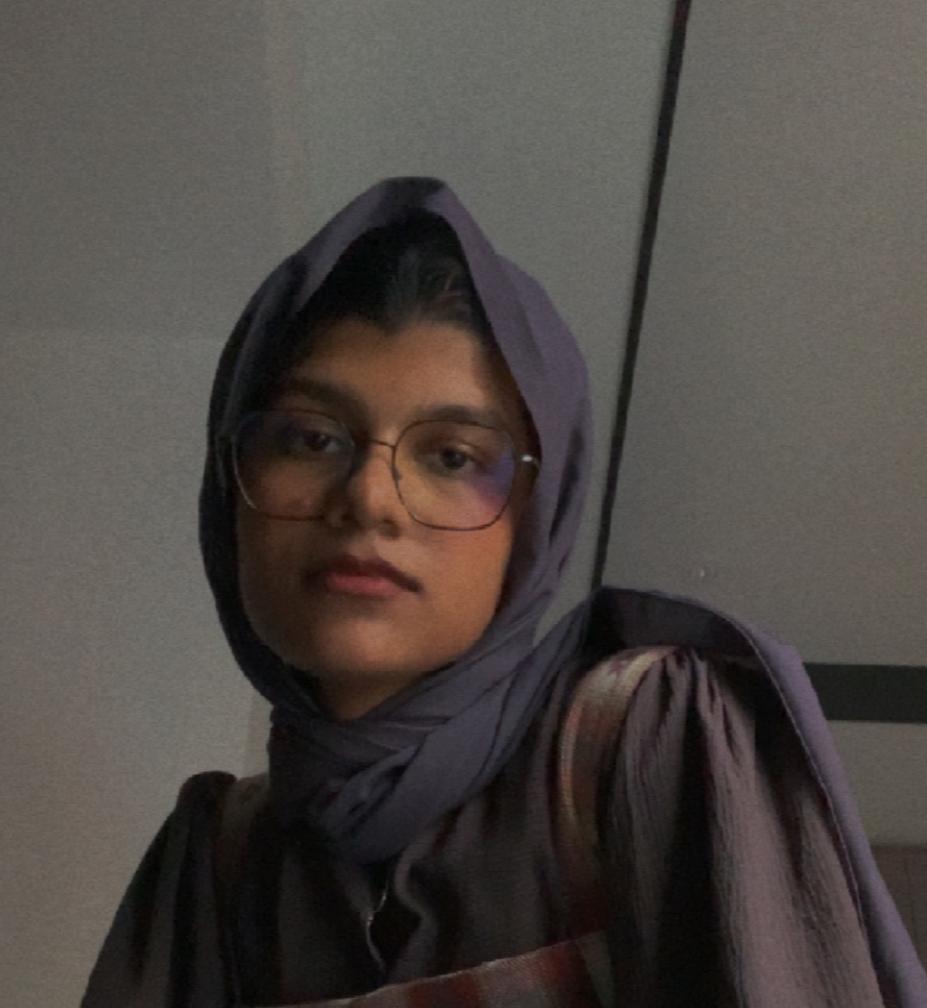
Zia Hawwa
Currently pursuing a Degree in Criminology, Zia’s passions lie in the world of literature and the human psyche. She loves what the world has to offer, and is always on the journey of satisfying her curiosity.
Recent Posts
- 25 Top Quotes from The 10X Rule to Supercharge Your Ambition
- 10 Books You Must Read to Succeed in Your Career
- 30 Little Tricks for Big Success in Relationships
- 25 Life-Changing Self-Help Books to Read This December: Boost Your Mood and Your Mind
- 25 Amazing Self-Care Tips for December: Wrap Yourself in Joy, Not Stress

